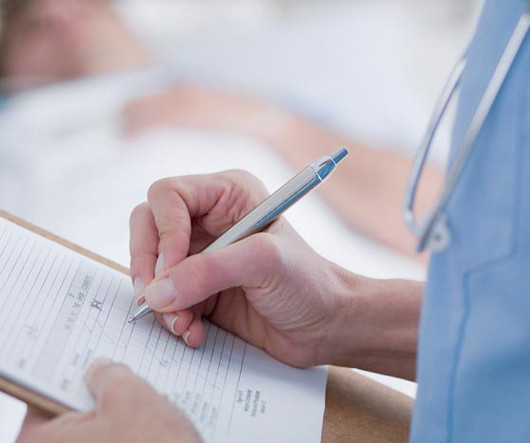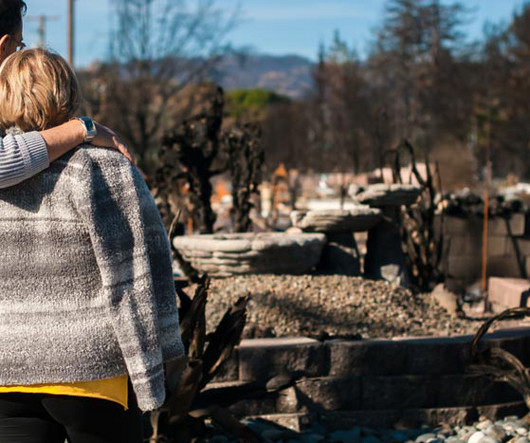Improving Patient Safety With VR for Infection Prevention and Control
Relias
MARCH 9, 2025
As we observe Patient Safety Week, I am excited to bring focus to technology that has been making a difference in healthcare: virtual reality (VR) for infection prevention and control (IPC). According to the Centers for Disease Control (CDC), 1 in 31 hospital patients contracts an HAI every day.















Let's personalize your content